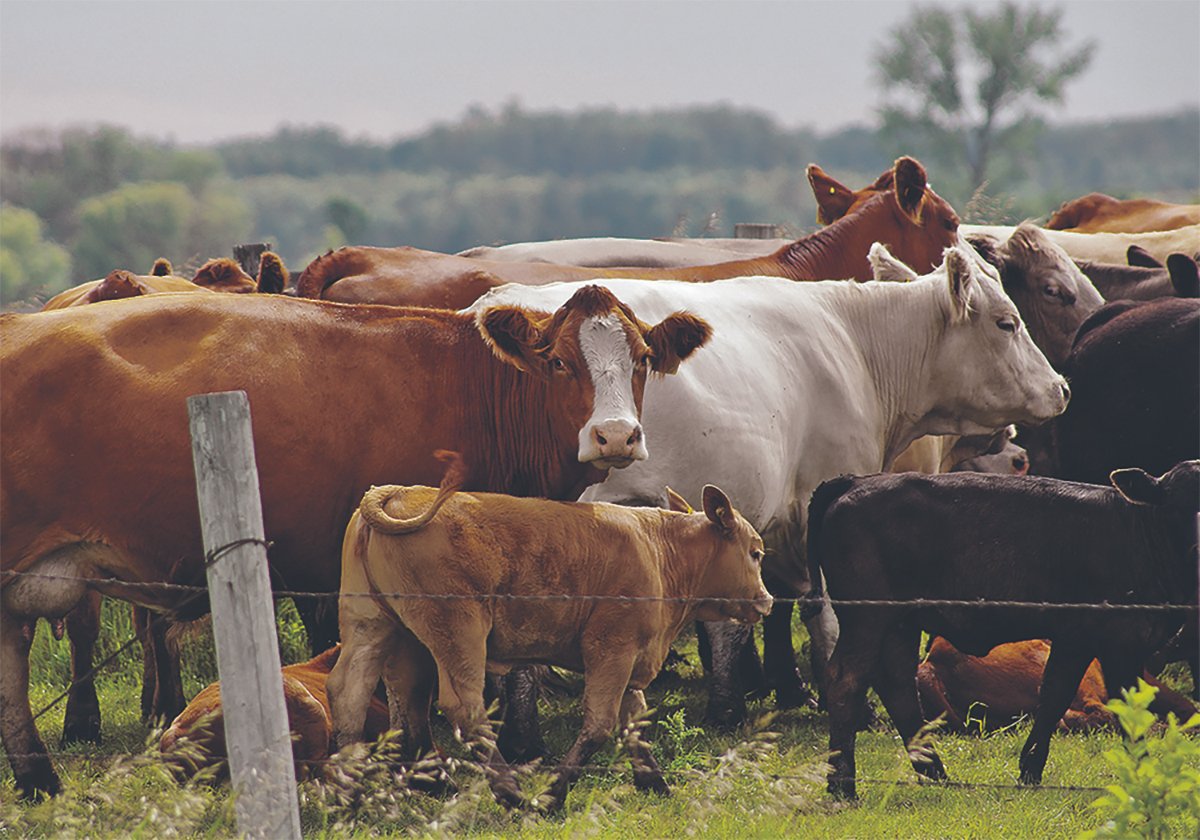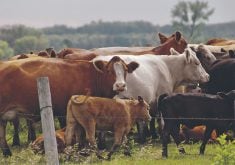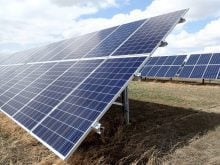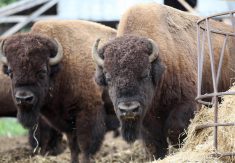Credits will increase profitability, say Bob Friesen, chief executive officer of the Farmers of North America Strategic Agriculture Institute, and Greg Marshall, president of the Agricultural Producers Association of Saskatchewan.
The Farmers of North America Strategic Agriculture Institute (FNA-STAG) and Agricultural Producers Association of Saskatchewan (APAS) recently completed a series of six meetings in Saskatchewan on the issue of carbon credits and the opportunity for farmers to benefit from being involved.
The main reason the meetings were held was to communicate to farmers that now is the time to speak up about the opportunity to get paid for their carbon credits and be included in the upcoming regulations being drafted by the Saskatchewan Ministry of Environment.
Read Also

High prices see cow-calf producers rushing to incorporate
Farm accountants are reporting a steady stream of cow-calf producers rushing to get their operations incorporated ahead of selling their calves this fall.
In May, 2010, Saskatchewan passed a bill called An Act Respecting the Management and Reduction of Greenhouse Gases and Adaptation to Climate Change.
Regulations that detail how the legislation will be enacted are now being drafted.
For farmers, these regulations will determine things like whether no-till production practices will be eligible to create offsets, how many tonnes of carbon (greenhouse gas equivalent) are stored in the soil per acre from no-till production, what the price of carbon will be per tonne, and for how many years the farmers’ contributions will be recognized (retroactivity). These points, and others, are critical details that will determine whether farmers are legitimately considered as solution providers offering a service for the public good, or merely an afterthought.
FNA-STAG’s focus of concern and reason for taking a leadership role on this issue is because it provides a way for farmers to improve their profitability. FNA-STAG has recently paid out a substantial amount of cash to a handful of its members in Alberta who practice no-till production under the government-regulated market in Alberta.
There is no reason that farmers in Saskatchewan can’t have the same opportunity. The remaining regulatory items will be political decisions, so the chance to influence is now.
What are the key issues? What do farmers need to do?
First, the carbon credits that farmers create from no-till production practices are an asset with real value.
Don’t be bullied and let anyone tell you that since you’re doing it anyway, you shouldn’t be compensated for what you’ve done. That is not a fair argument. Do you think that Air Canada would let you put a package on a flight across the country for free because they were going there anyway? That’s just absurd.
Farmers have been using no-till/ minimum-till practices for years, which experts tell us sequesters carbon, reducing the amount of greenhouse gases in the atmosphere.
Many farmers started adopting no-till practices because it reduced soil erosion, improved soil moisture and reduced the number of passes with equipment, but that doesn’t change the fact that science has proven these practices take greenhouse gases out of the air and stores them in the ground. This makes them a legitimate valuable byproduct, owned by farmers, and an asset for them to sell.
An issue that is raised by many farmers is that they think all this climate change stuff is bogus and they don’t want to have anything to do with that whole debate. To this we simply say, don’t debate it, just let them pay you.
Government should recognize that this revenue stream will help save the cost of farm income programs.
As the government regulations are being created, they must include a market for the offsets that farmers create.
The legislation clearly provides the opportunity for regulations to be created that allow farmers to sell offsets from no-till production practices.
However, the legislation and draft regulations also clearly create incentives for emitters to avoid using credits to offset their emissions. Offsets created by farmers must be an option that is appealing to emitters.
The sequestration rate per acre must not be discounted because of government perceived farmer moral hazard. And, the price must reflect the value of the offsets compared to other options. Capturing and burying costs are $90 per tonne.
The market must include the years that have already taken place. Just because the government wants to start counting now, doesn’t mean that farmers haven’t been reducing greenhouse gases for the past 20 years or more.
The start date for including offsets must be retroactive and that should go back to at least 2002. This would provide parity for Saskatchewan farmers with Alberta.
The market must have a way for the offsets that farmers create to be sold quickly and easily and ensure the backlog of credits created from including retroactive years. Some features that have been suggested include using crop insurance records as the key piece of data
Finally, the most important point is for farmers to call the Saskatchewan environment minister Dustin Duncan and the agriculture minister Bob Bjornerud.
If they don’t hear from you, they will assume you either don’t care or are fine with not being included.














